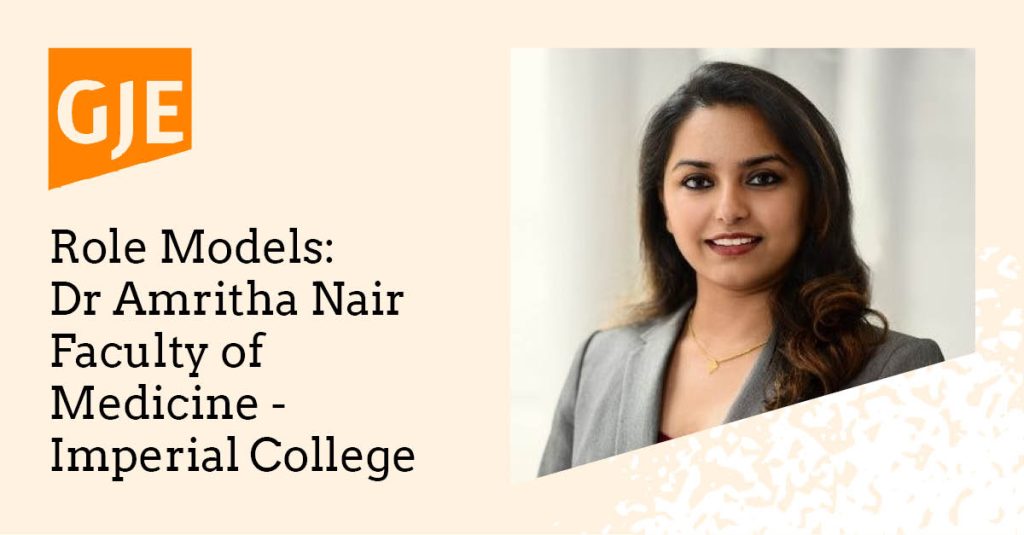
Let’s get one thing out of the way: patents can be expensive. On the other hand, they are often essential to the success of many businesses. So how can innovators acquire and maintain suitable innovation protection whilst ensuring good value for money?
At the outset, it is worth pointing out that no two companies are the same and there is no “one size fits all” approach to creating and handling a patent portfolio. The key to good budgeting is taking a structured approach, and this starts with the company’s business plan. Beware the patent attorney who says they will solve all your problems without reviewing your business plan, or at least asking some fundamental questions about how your company works, what its aims are, and how it intends to achieve them.
The patenting process can be divided roughly into three main categories: (1) the identification stage; (2) the acquisition stage; and (3) the maintenance stage.
(1) Innovation Capture: Some businesses find it difficult to identify innovations and how best to protect them. Not only can this result in a gap in protection, but it can result in protection that is not suitable. It is essential that innovation is directed and categorised such that it aligns with your business strategy. You and your patent attorney need to establish a clear understanding of how a potential patent can support your company and how the patent is going to be exploited to add value (either immediately or in the future). If you are unable to do this, simply don’t file the patent – the chances are that it will be a complete waste of money.
We can help you to set up processes that can identify and prioritise innovation for development. This will help you to reduce or eliminate spending resources on projects that do not fulfil your commercial objectives and guide you to develop and implement a coherent and logical IP strategy. We offer fixed-fee services tailored to this need so that you have certainty over cost. Following this, it may be appropriate to consider filing a patent application.
(2) Acquisition: The patent acquisition stage is often the most costly part of the process. This includes the drafting, filing, prosecution and grant of the patent.
One could argue that the drafting of a patent application is the most significant part of patent acquisition – get this wrong, and you can spend years and a small fortune trying to put it right. However, significant savings can be made in the drafting process.
Before drafting a full patent application, it is possible to commission searches for prior art based on a minimal “claim” set. This provides some early reassurance that your investment in a patent application has the best chance of resulting in a granted patent. If the search does not look promising, then you may not wish to prepare and file the full patent application, potentially saving a significant amount of resources.
The drafting stage should always include significant input from a trained patent attorney. Your patent attorney will probably charge by the hour. Therefore, you should try to make their life as easy as possible. It is almost certainly the case that your inventor not only understands the invention as well as anyone but is also a lot cheaper per hour than your patent attorney. By getting your inventor to provide a detailed write-up, you can significantly decrease the amount of time a patent attorney has to spend drafting the patent application.
Many applicants have a choice as to which patent office they file their first patent application with, and different patent offices/systems offer different benefits. For example, UK applicants may generally file, among others, a UK patent application, a European patent application, or an international patent application as their first patent application. The official fees charged by each of the respective patent offices differ significantly, so it is important to consider this, among other differences between filing routes. Filing strategy can also be used to defer costs, for example, by making use of the right of priority and/or by filing an international application.
Patents are parochial; if, for example, protection is required in the US, a US patent must be applied for. However, this does not mean that you need to draft a patent application for each country in which protection is desired. Thanks to the harmonisation of national patent laws, it is becoming increasingly easy to base all of your related patent applications on the text of a single patent application reliably. A good patent attorney will have sufficient understanding of other national patent systems to be able to draft a single patent application that meets the formal requirements of most patent laws.
A key consideration is implementing a geographical filing strategy that strictly aligns with your needs. This not only helps to secure suitable protection in appropriate jurisdictions, but it can also help to defer and save costs. For example, it may not be necessary or appropriate for you to pursue patent protection in a large number of jurisdictions, so filing an international application may not be suited to your objectives. We can help you to develop and implement a filing strategy that meets your commercial needs.
During the prosecution and grant stage of your applications, many official fees charged by patent offices are avoidable. For example, fees for extending due dates can be avoided by timely action. Many patent offices charge excess fees for patent applications that include claims drafted in certain formats or include a significant number of claims. We can help to avoid or reduce such fees. In some jurisdictions, reduced official fees are available to certain companies, such as SMEs. These reductions are often only available upon request, so we can help ensure that you benefit from these reductions.
(3) Maintenance: A patent usually lasts for 20 years, subject to the payment of annual maintenance fees. These fees usually increase over the lifetime of the patent. For example, for a UK patent, the 20th year maintenance fee is more than 8 times that of the 5th year maintenance fee. Therefore, above-inflation budgeting will be necessary.
For companies that already have a substantial patent portfolio, changes in business objectives and commercial developments may mean that parts of the portfolio no longer warrant maintenance. Companies can often be reluctant to shed hard-fought-for patent protection. However, this is a sunk cost, and if the patents are not serving a purpose, they are just a cost. We can help review patent portfolios to evaluate their relevance to your current and future business needs, and reduce maintenance accordingly.
Summary
Engage your patent attorney in a business conversation, not just a technical one. Get them to understand what your company’s business aims are and discuss budgeting early on. Setting out your aims at an early stage will enable your advisors to work with you to get you the best value for money.
Finally, insist on quality. Patenting on a budget does not mean getting second-rate service or poor patent protection. So spend your money wisely and remember:
“The bitterness of poor quality lingers long after the sweetness of cheap price is forgotten”

